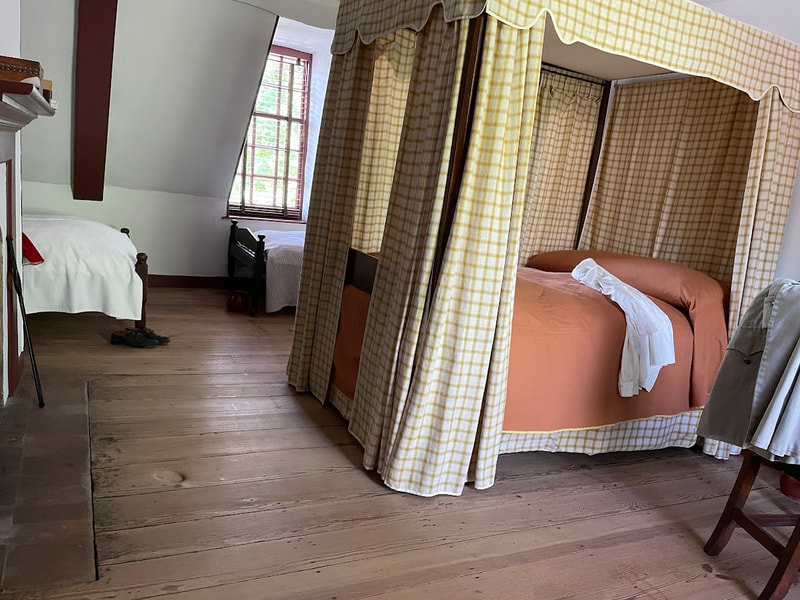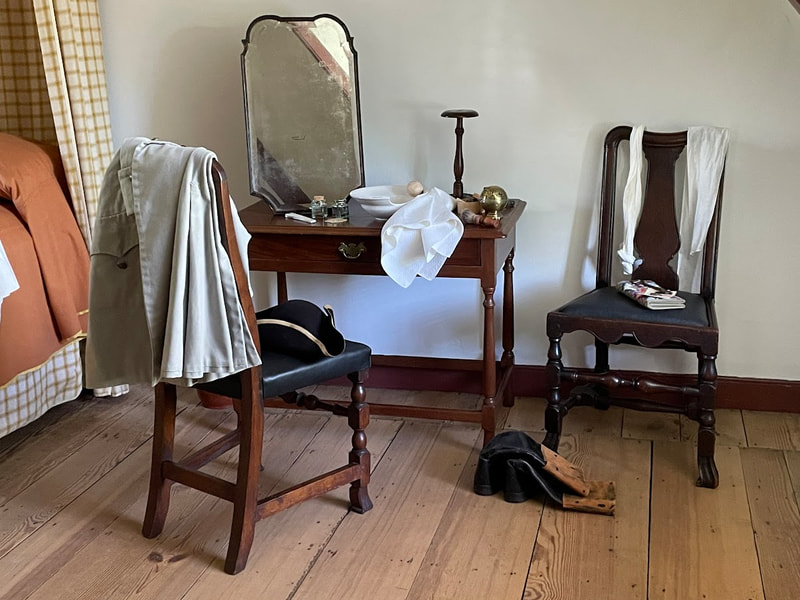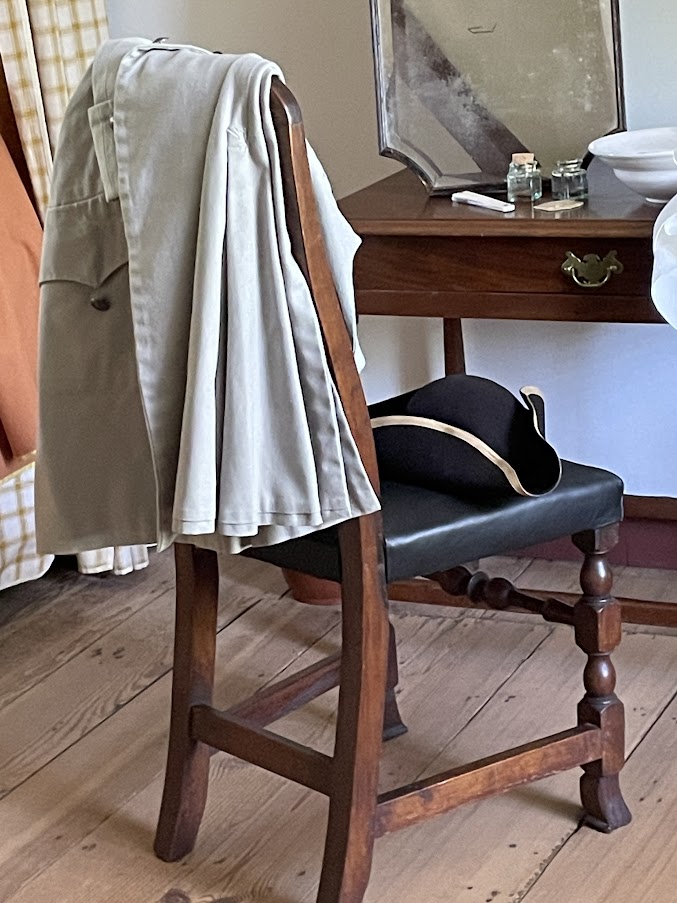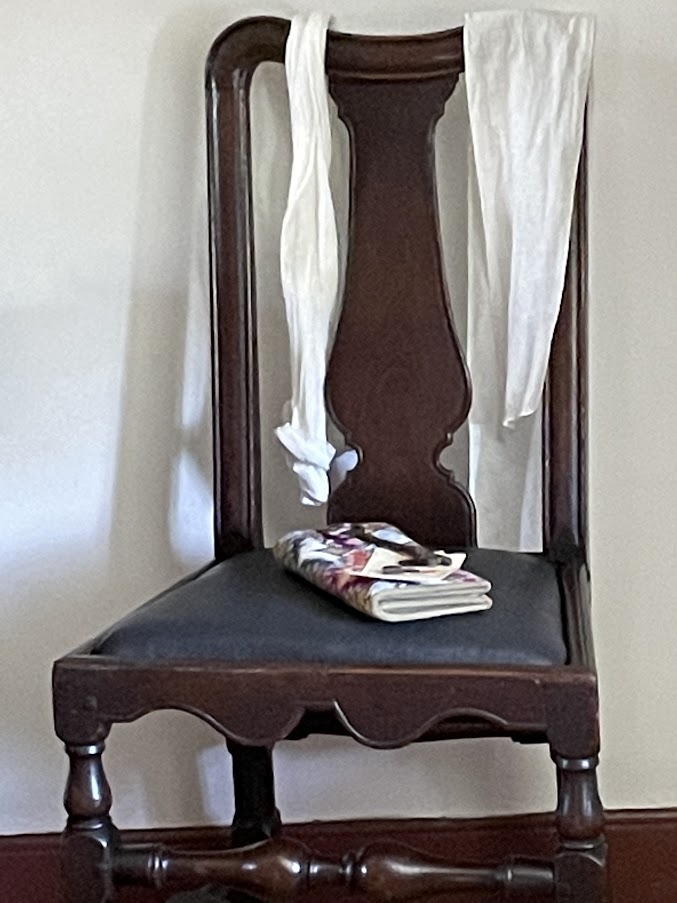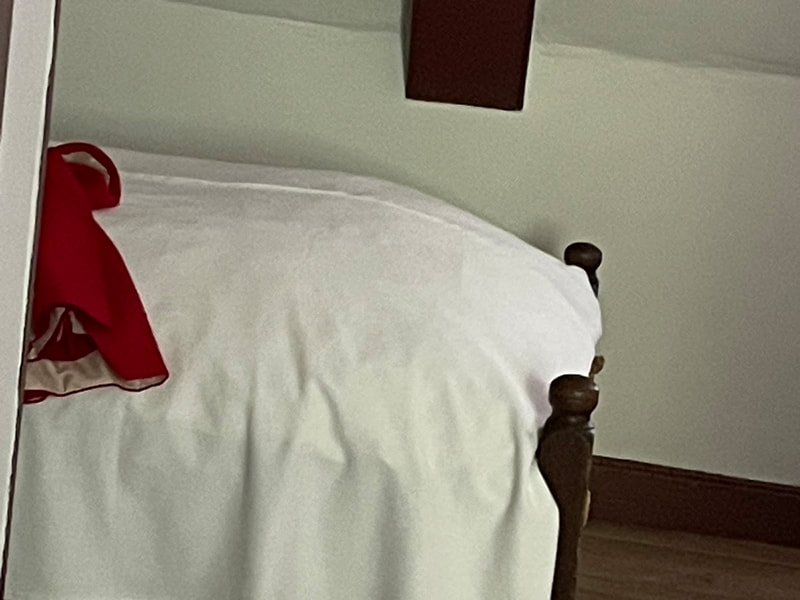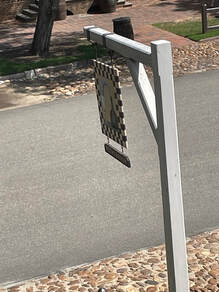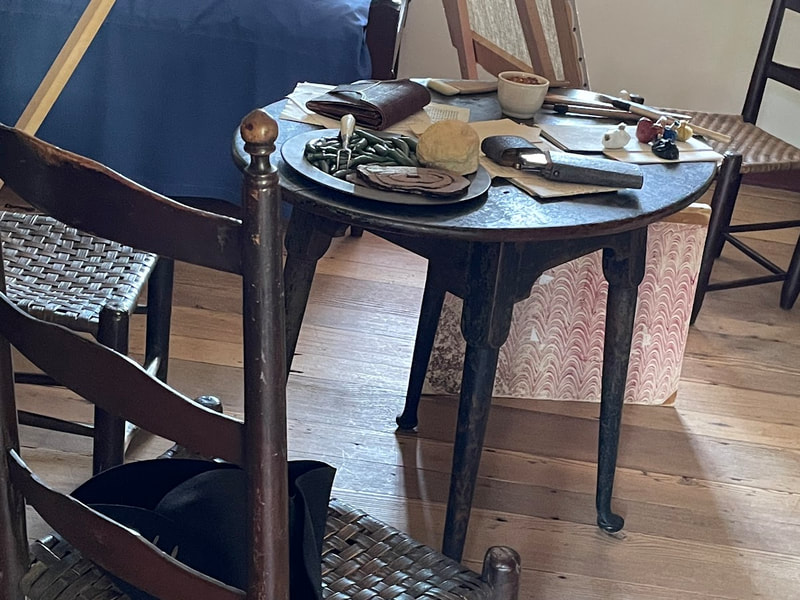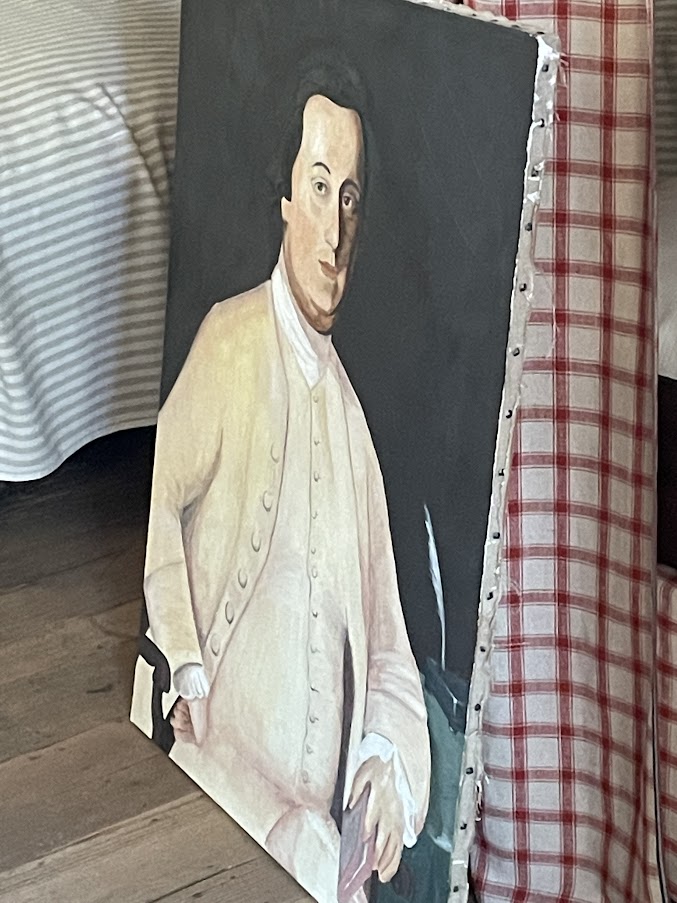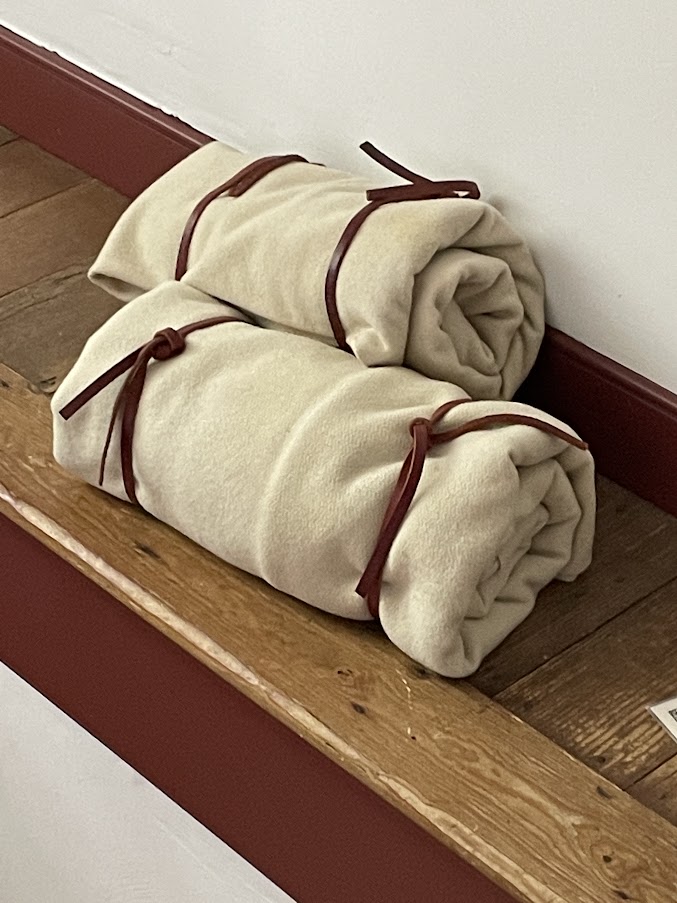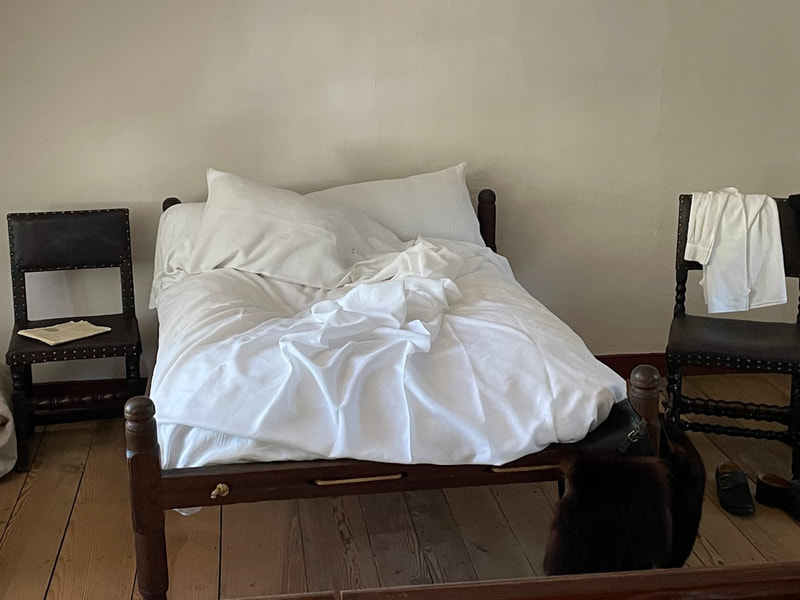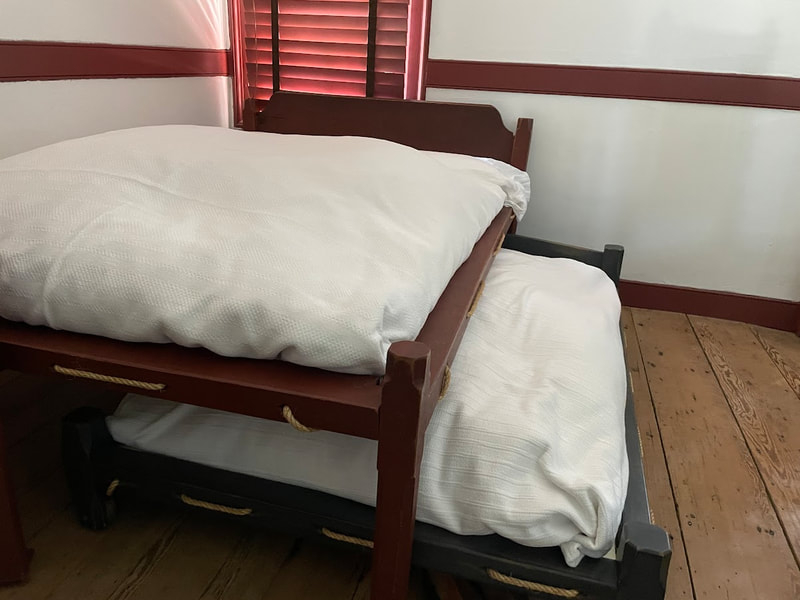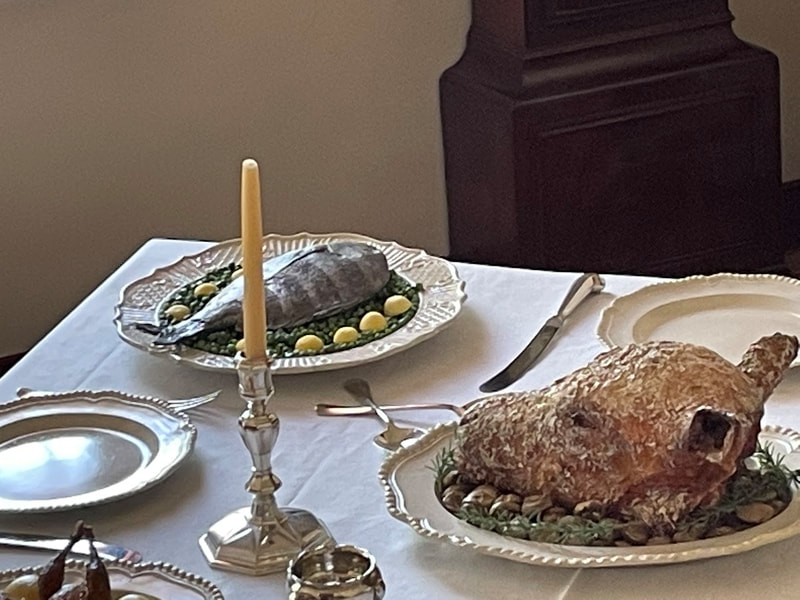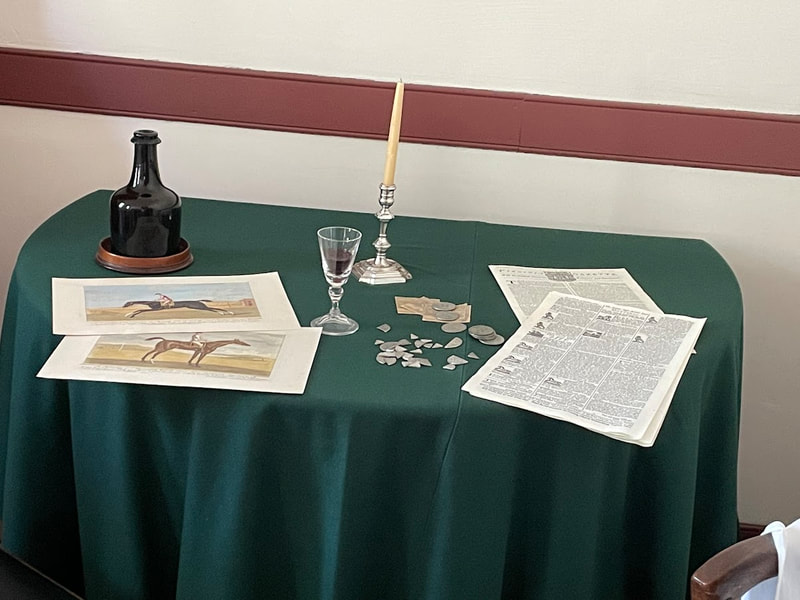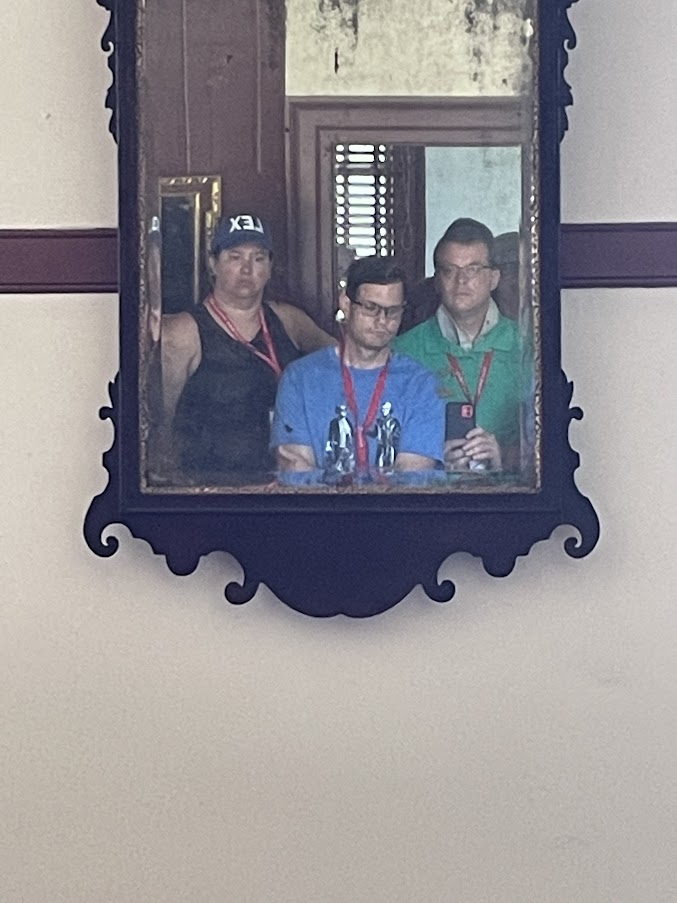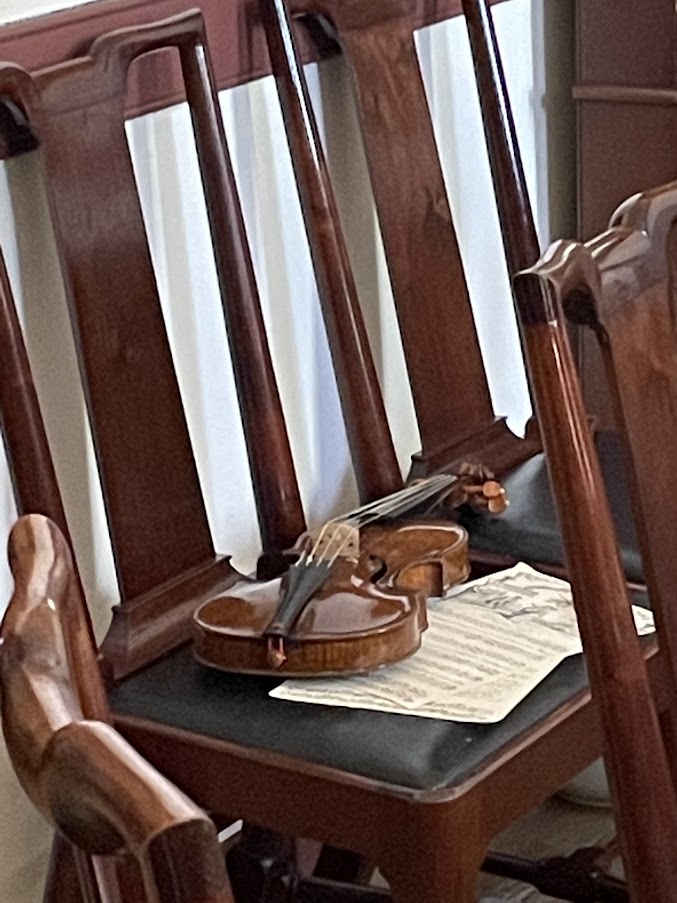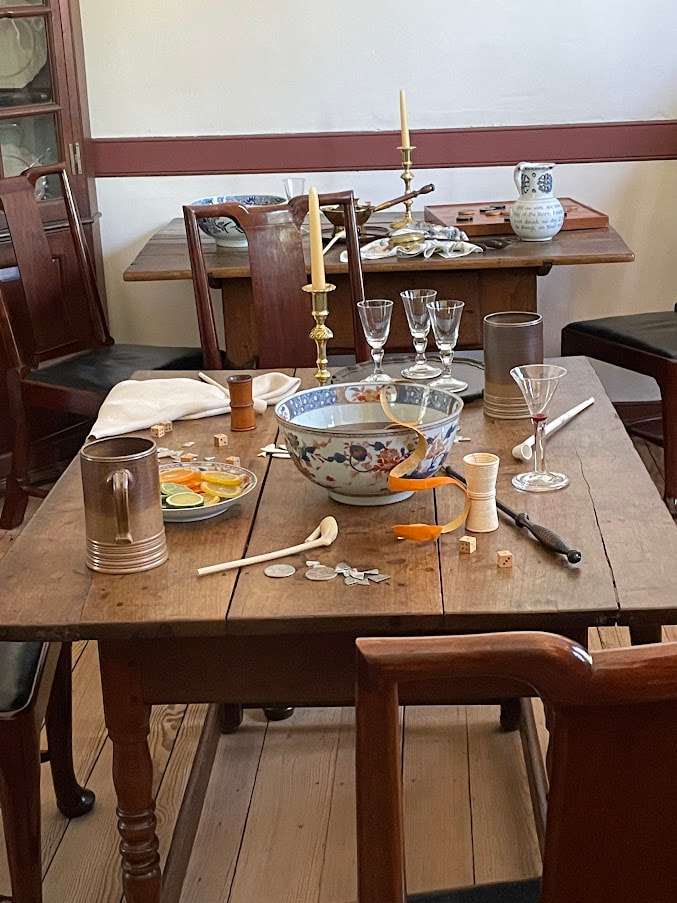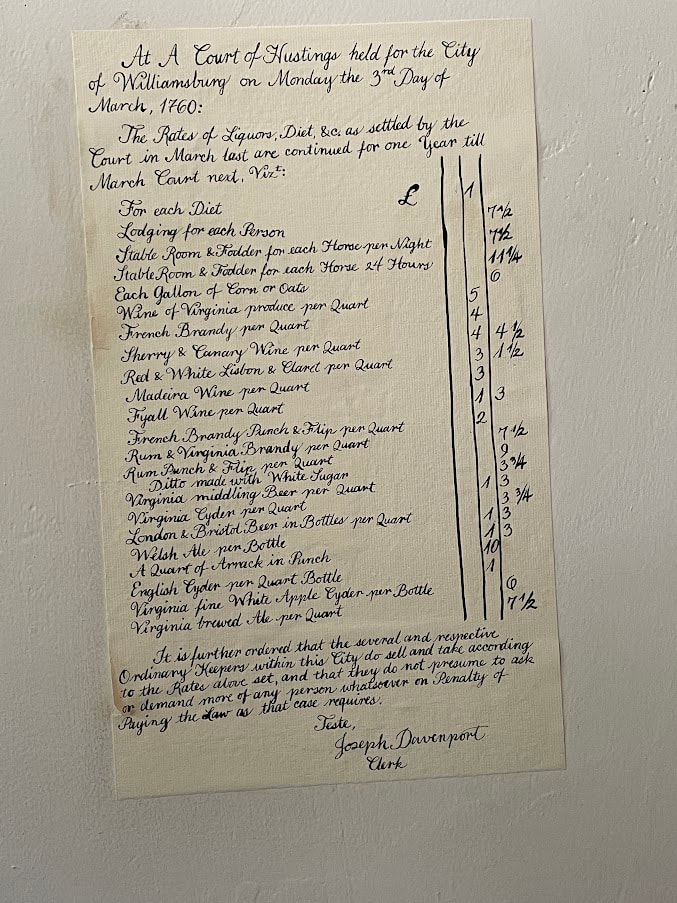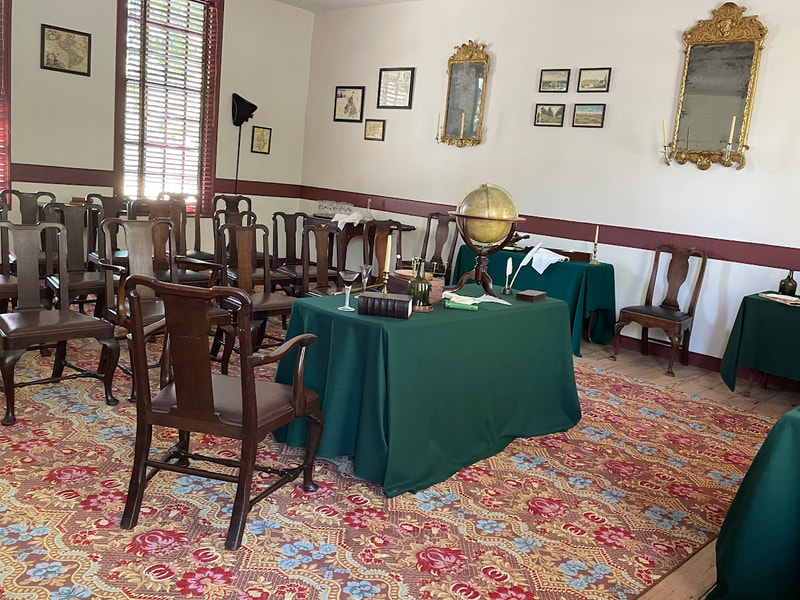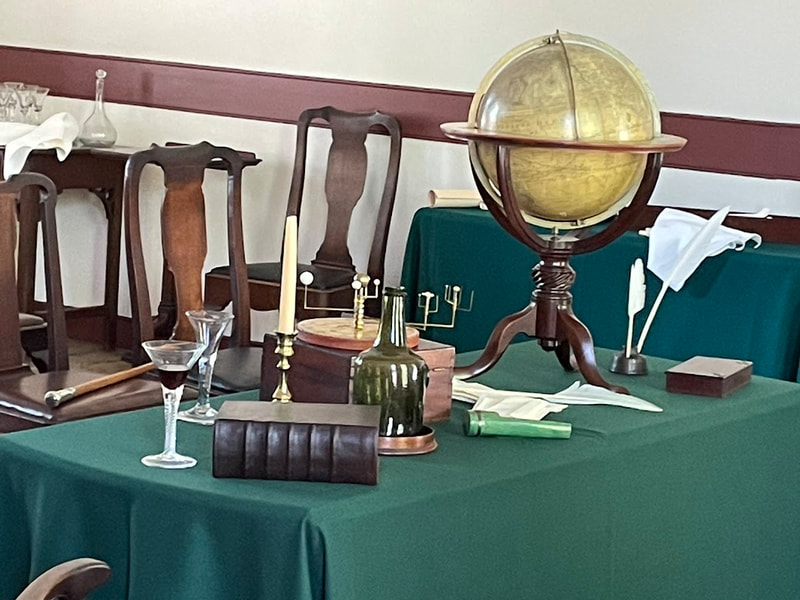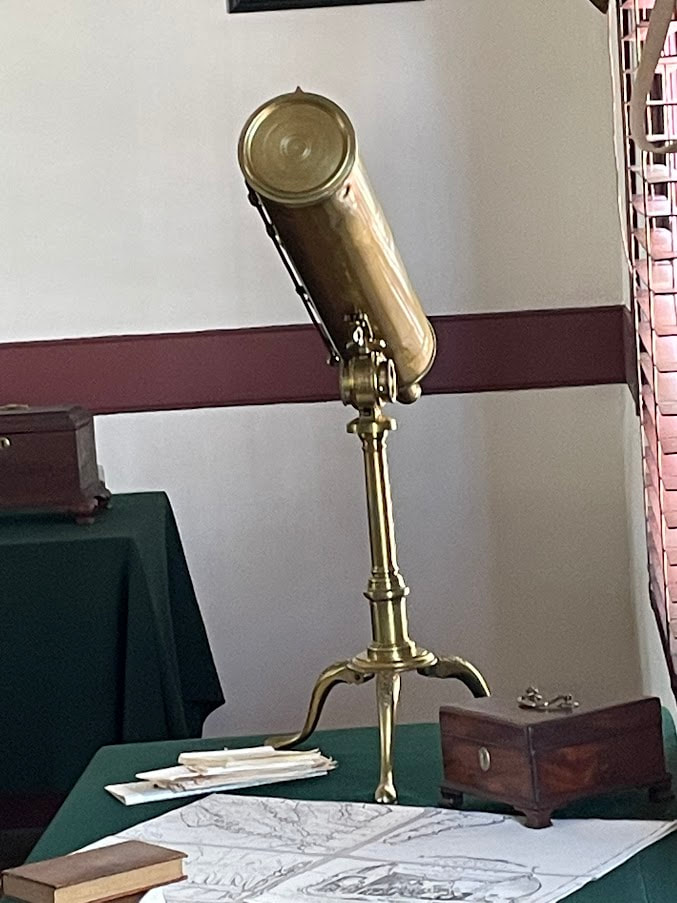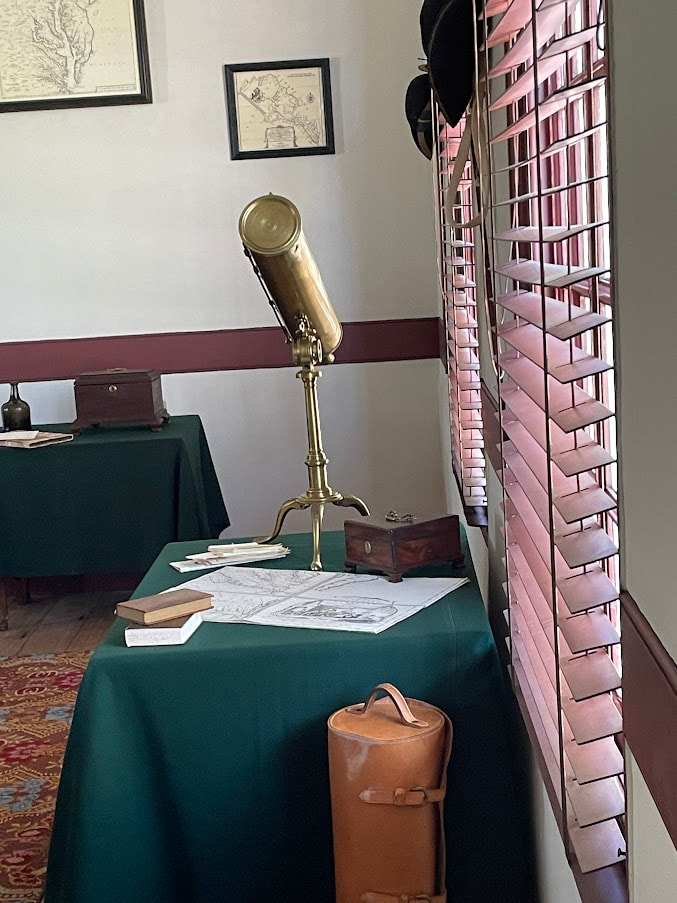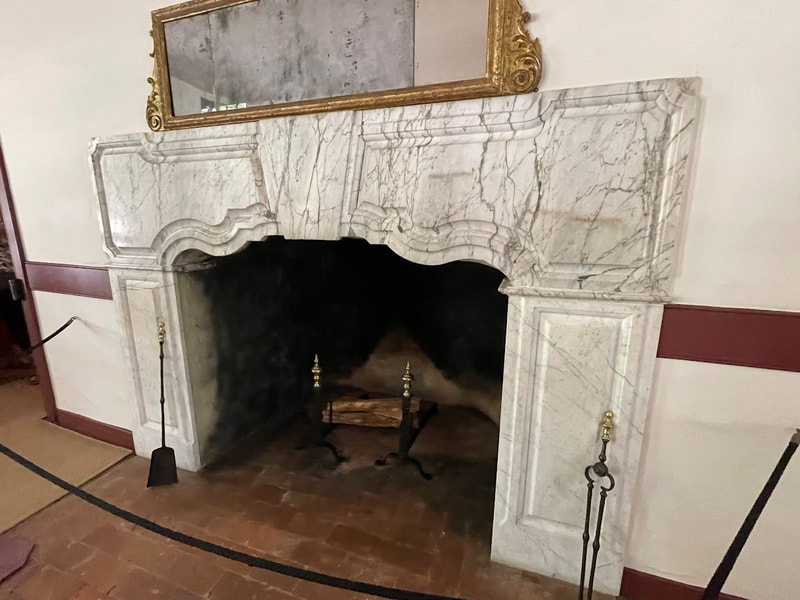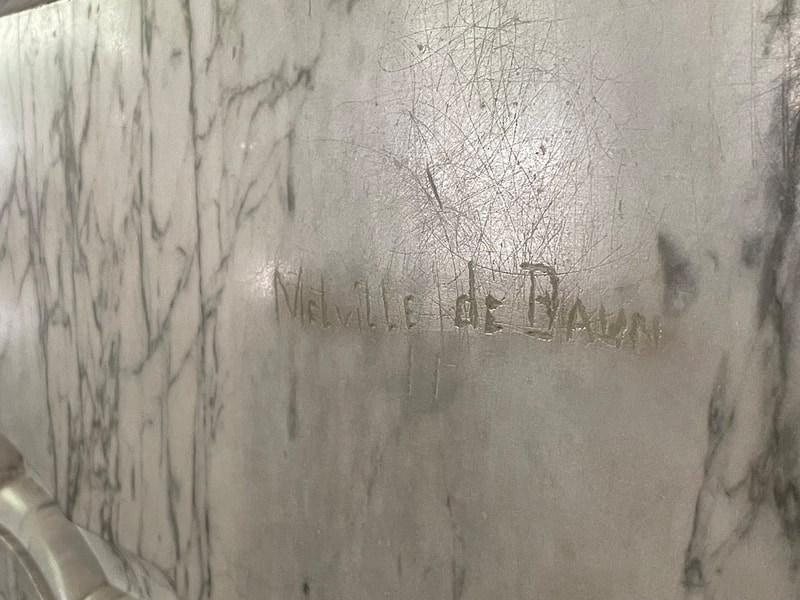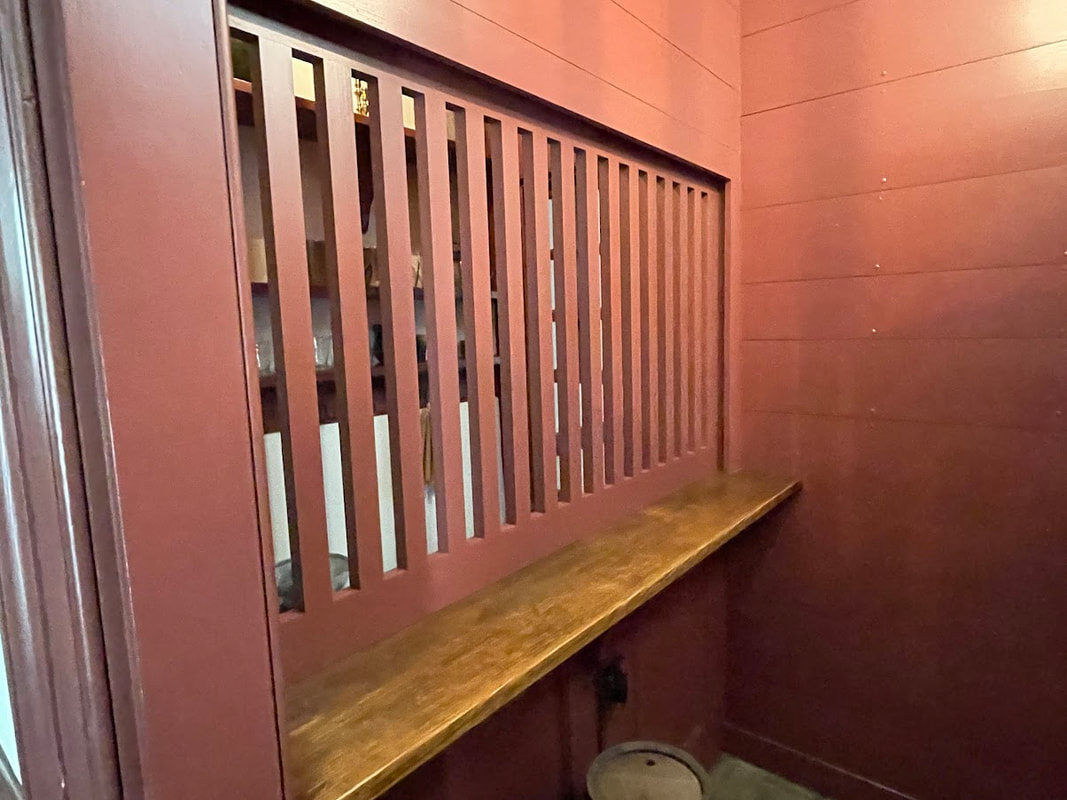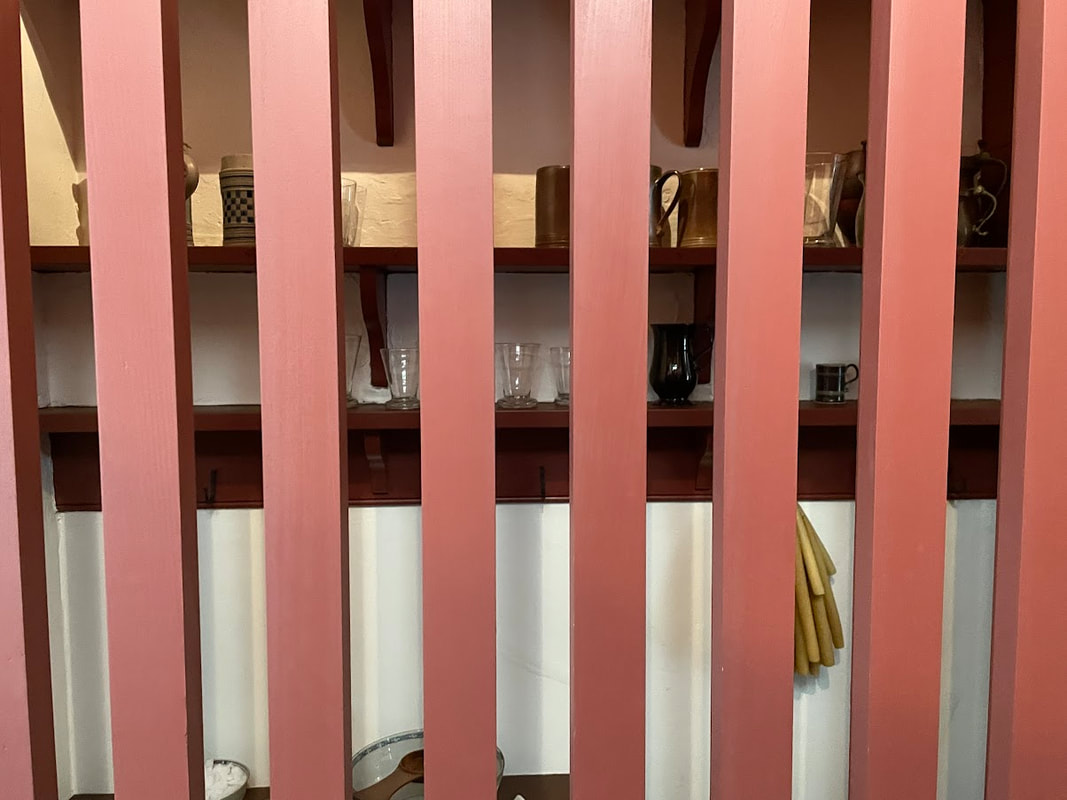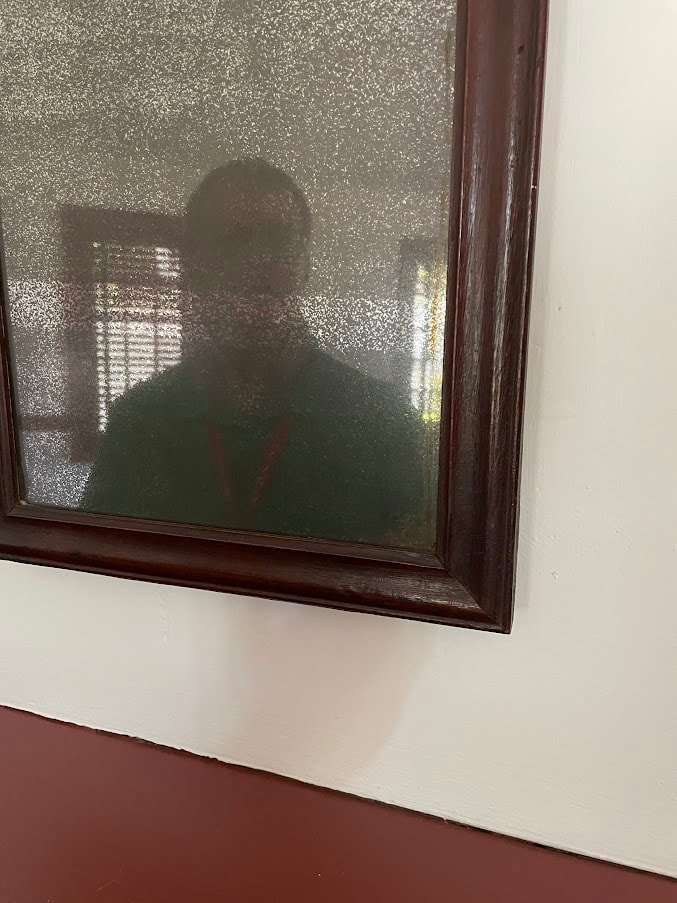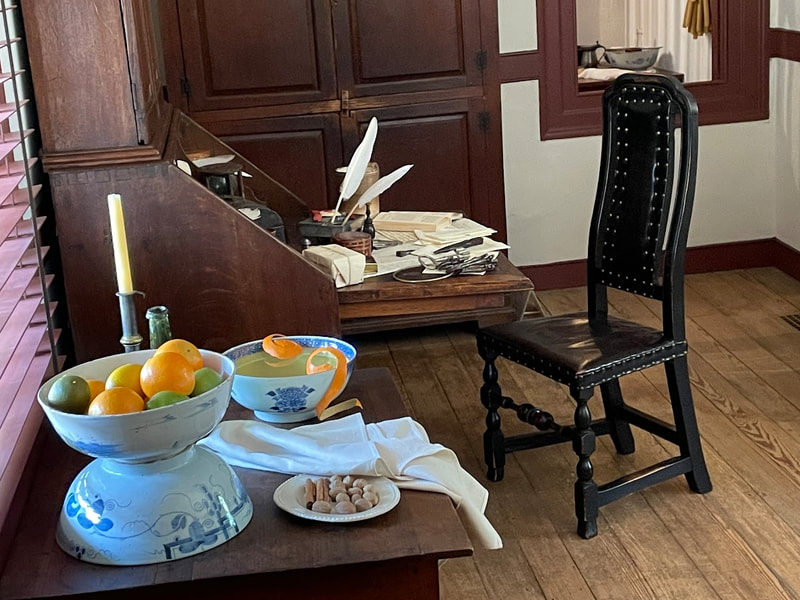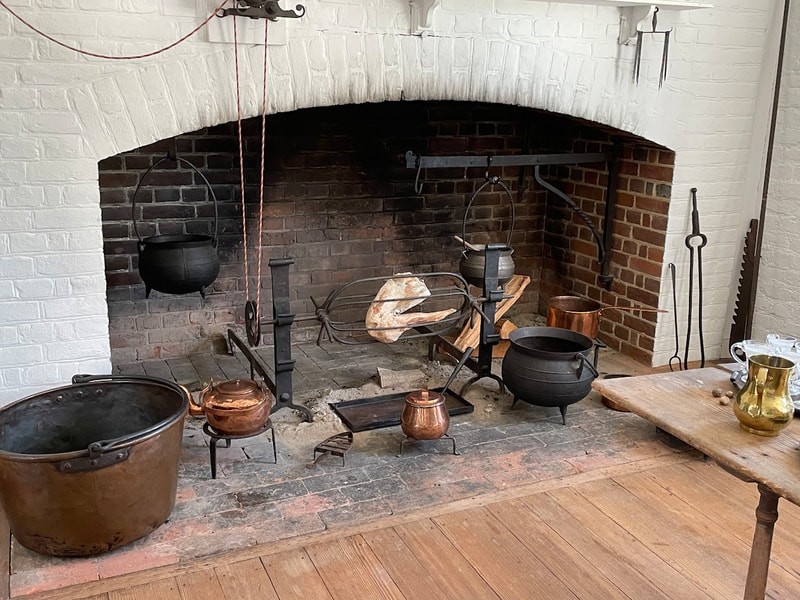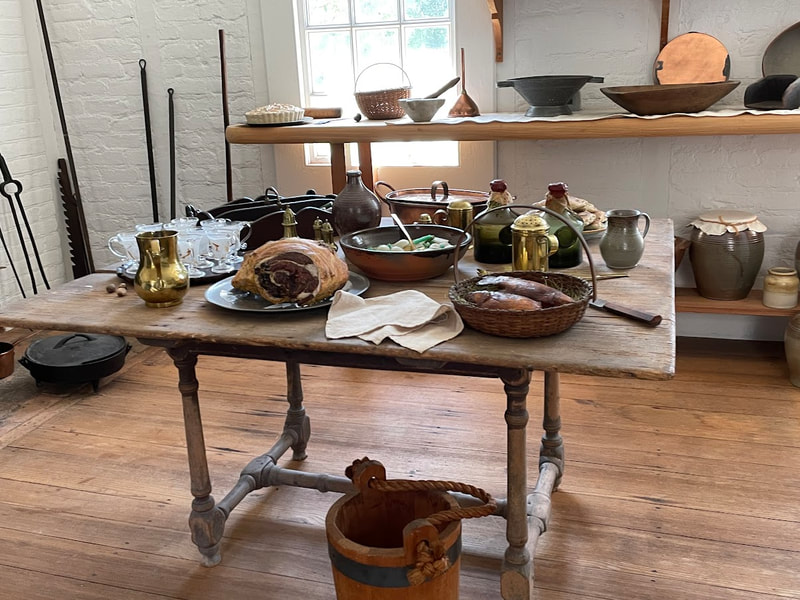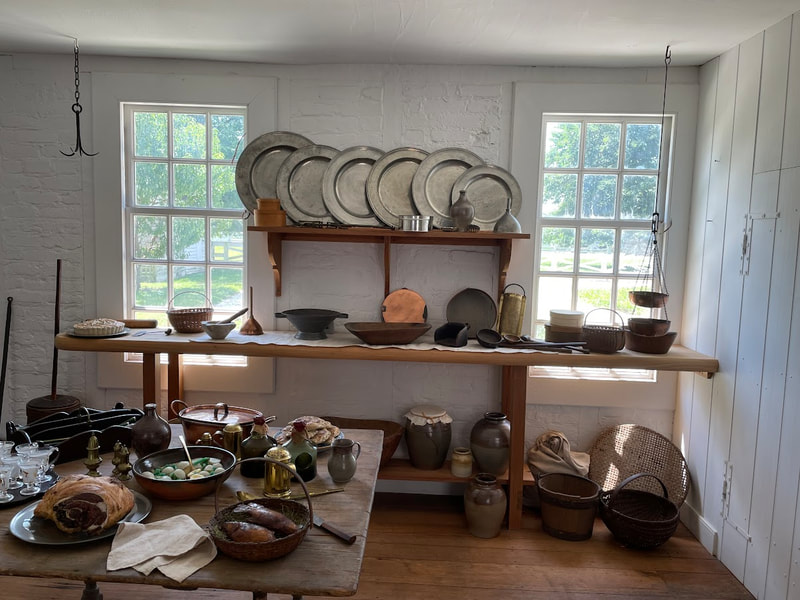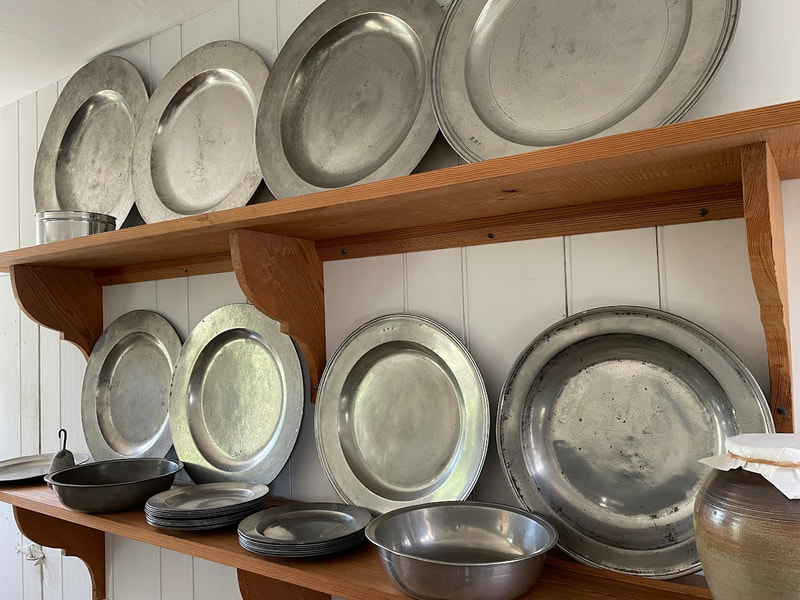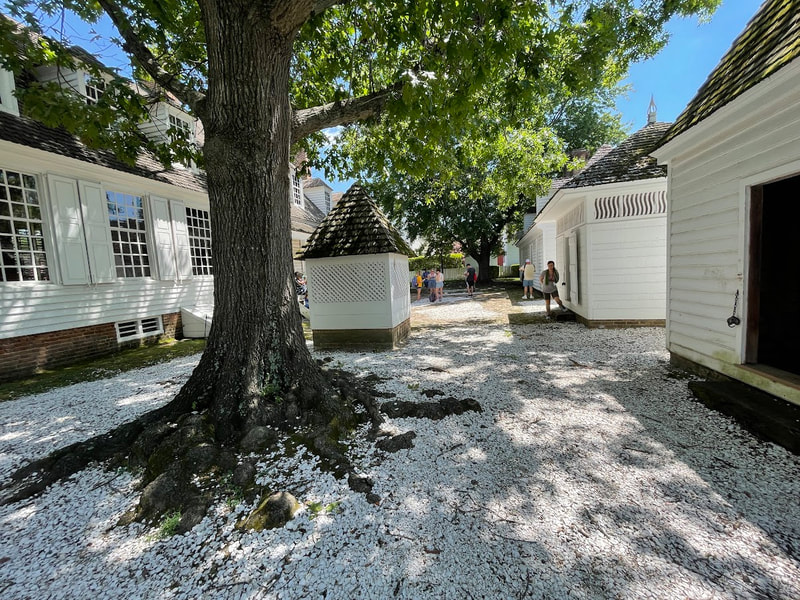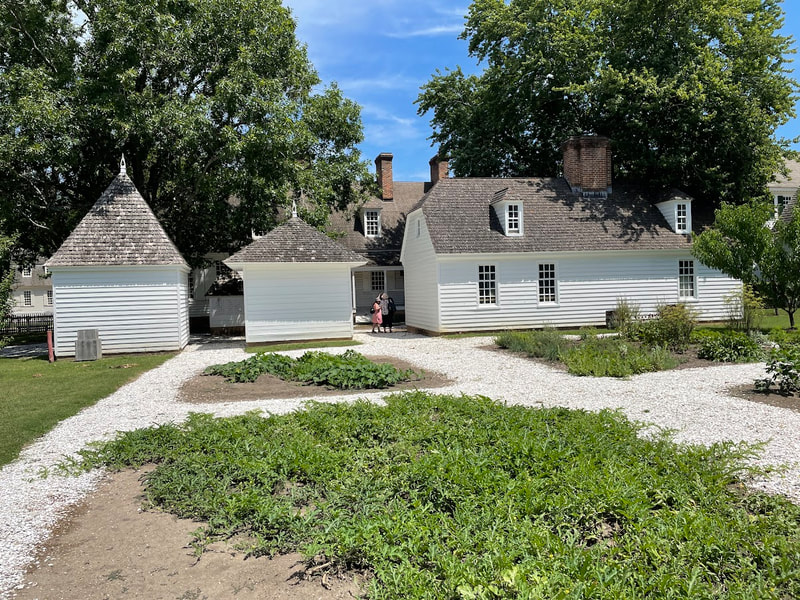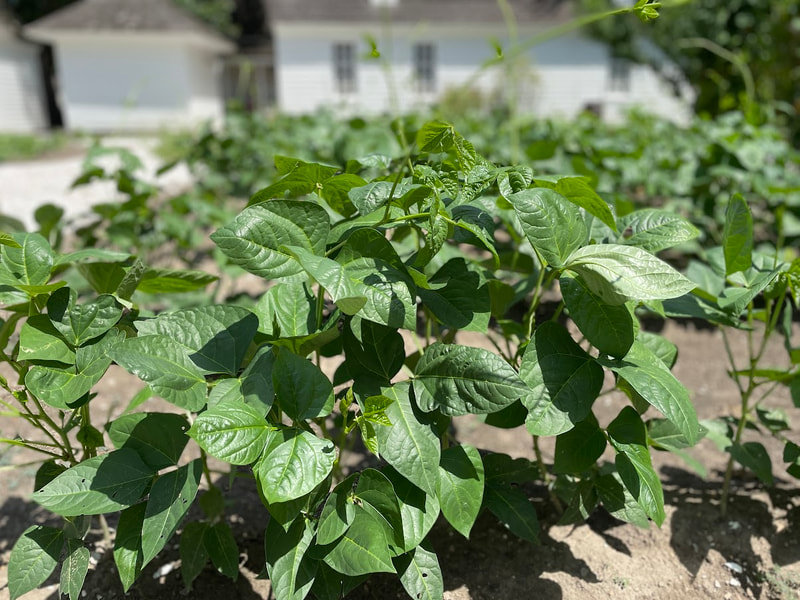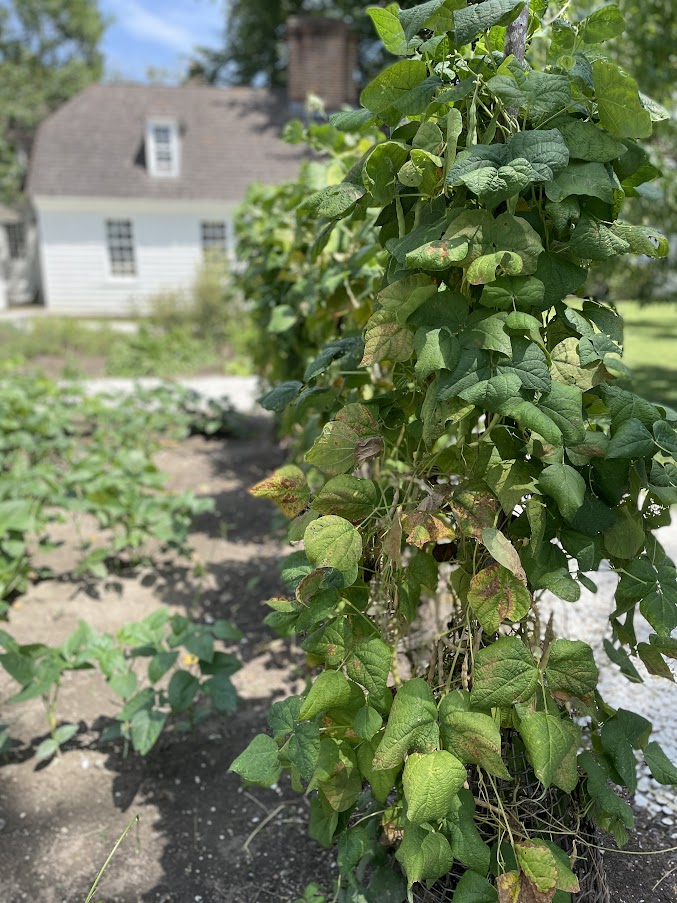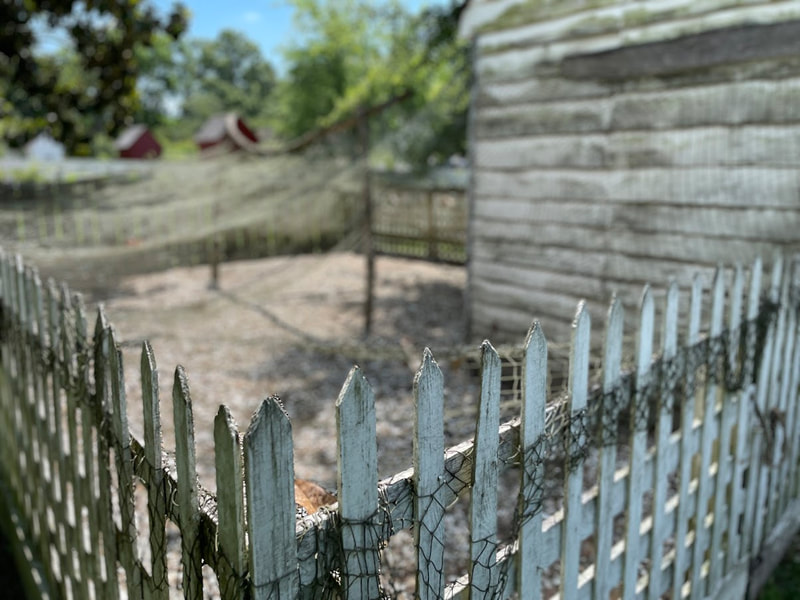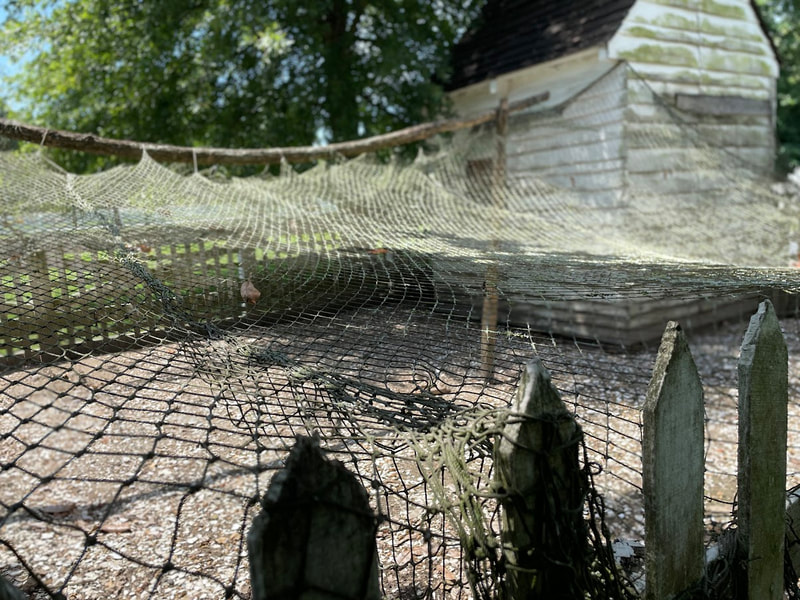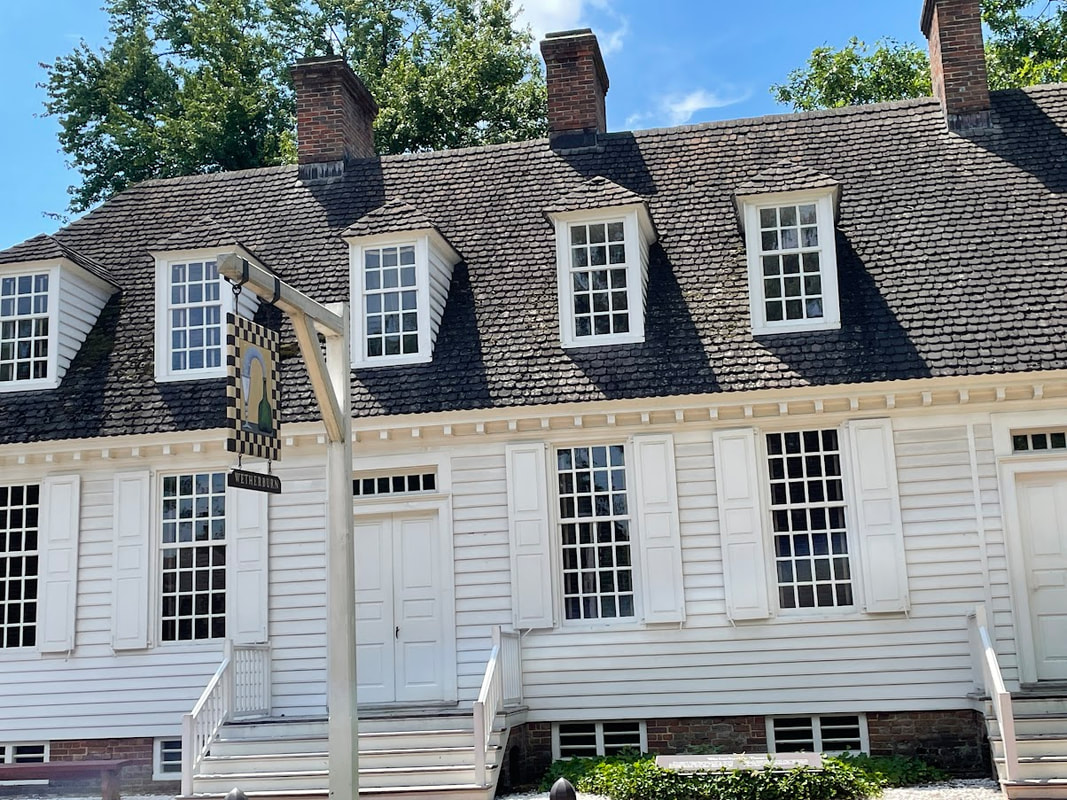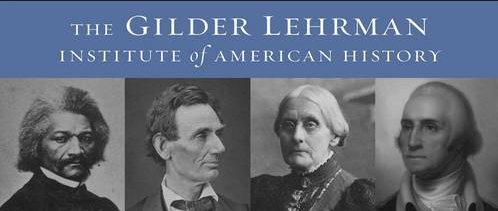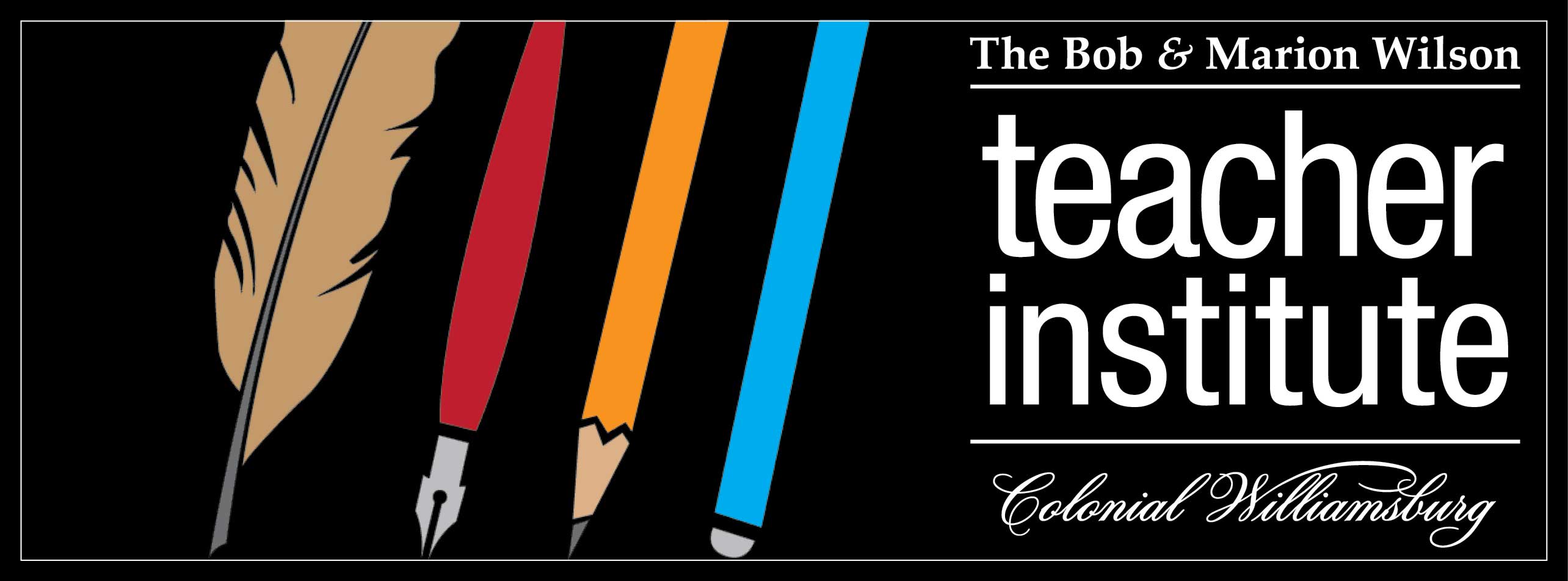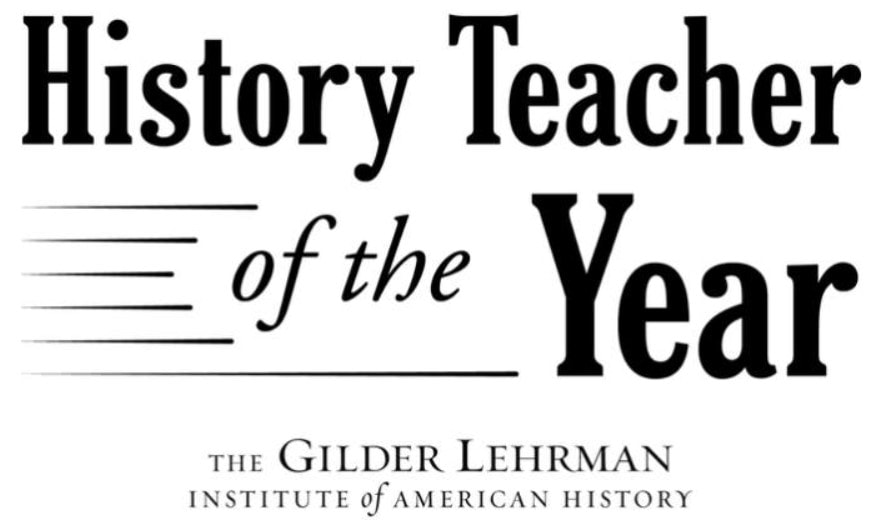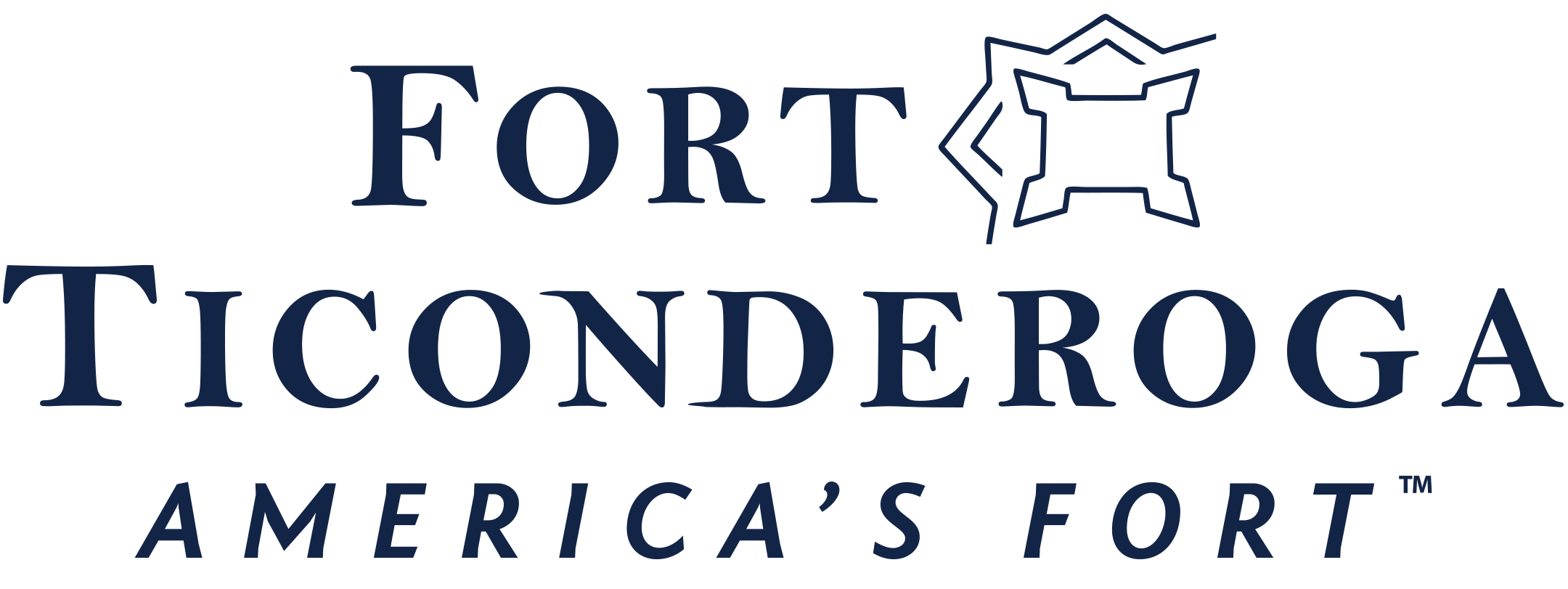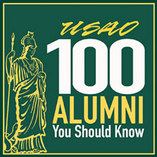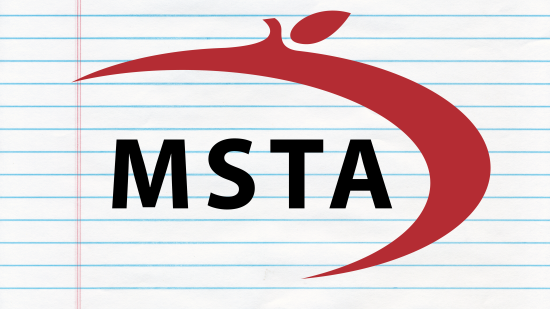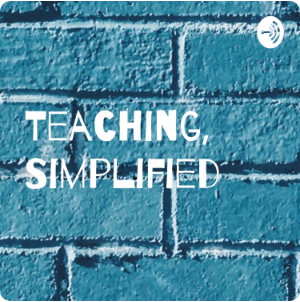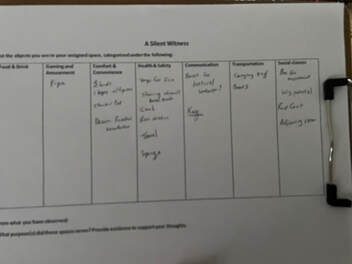
Our group - one from California, one from Kentucky, and one from Southwest Missouri - all took to an upstairs hallway where we had to look over a rail into a room. I used my phone to reach in and peak around corners, as well as to enlarge items that were too far away to see the details closer.
There were multiple beds, a fireplace, and a dressing table. One bed, nicer than the other, was a four-poster. Clothes and toiletries were laid out in various locations, including a red coat on the bed in the left corner, just out of clear view.
| A tour of the rest of the building showed other bedrooms, and there was even a bed in the hallway. Personal items from the boarders were left in places, dinner plates, scientific equipment, stationery items, and more. It was difficult to see the correlation between rooms. This was not a family house, but it didn't seem like a restaurant either. Little did anyone know, if you put a Californian, a Kentuckian, and a Missourian in the same room, they become the resourceful types. While we were upstairs in our original room, we had availed ourselves to a peek through the hallway window. Behold, we were in a building that faces Duke of Gloucester Street, and out front, was a sign denoting that this is a tavern - a boarding house of sorts, a bed-and-breakfast. It was interesting to learn more about tavern life. |
Other materials included astronomy equipment, a formal meeting room, in-progress card games, and bottles of ale. One fireplace hearth still showed signs of names carved into it by 18th Century guests.
| Clearly, alcoholic intake was a portion of the profits in the tavern. The two photos here show the closed liquor cabinet. Someone could serve the alcohol through the window, but when the gate was closed, alcohol could not be purchased. Gates like this are the source of the term bar, which has stuck with us over the centuries. On this day and at this time, the bars were closed. Enslaved people would have worked the kitchen and garden areas of the tavern. As hot as it was on the day we were there, we could only imagine how much hotter it would be with fireplaces lit and cooking. Not only that, but take the time to also imagine the smells of cooking meat, vegetables, and unwashed perspiration. The long-gone sounds of pots clanging, fire crackling, voices barking orders, grunts of effort, as well as laughter may have been prominent. I imagine that it could be quite loud during the busiest times of day. What if the mirrors in this building held their images from the 18th Century. These weren't original to the tavern, but it helps to keep one in the moment. |
| Later in the day, our view of the the tavern took on the appearance that most people see (Not everyone gets to go inside.). This tavern is leased to Colonial Williamsburg for educational purposes by private owners. Rarely was information presented directly to us during the Colonial Williamsburg Teacher Institute. Instead, we always seemed to be presented with mystery objects, locations, people, and situations and made to use the powers of observation and prior knowledge to develop our own conclusions about those items. This one was no exception. |
